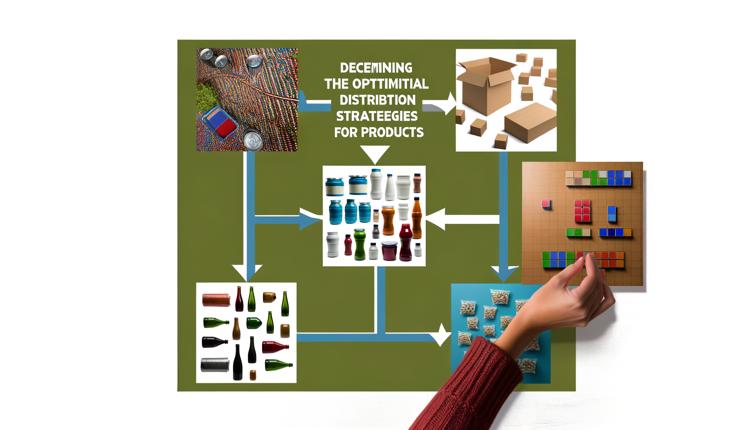Understanding the Target Market
The first step in determining the optimal distribution strategies for products is understanding the target market. It is important to know who the potential customers are and what their preferences and buying behavior are. This information will help in choosing the most appropriate distribution channels to reach the target market effectively.
Analyzing Competitors' Distribution Strategies
Analyzing competitors' distribution strategies can provide valuable insights into what works and what doesn't in the market. By studying the distribution channels used by competitors, businesses can identify gaps and opportunities for improvement in their own distribution strategies.
Evaluating Distribution Channel Options
Once the target market and competitors' distribution strategies are understood, it is important to evaluate the available distribution channel options. This includes considering factors such as the cost, reach, and control of each channel. Businesses must choose the distribution channels that align with their overall business goals and objectives.
Testing and Monitoring Distribution Strategies
After selecting the distribution channel options, it is crucial to test and monitor the strategies implemented. This involves tracking the performance of each distribution channel and making necessary adjustments to optimize the distribution strategies. Regular monitoring and evaluation will help identify any issues or areas of improvement.
Conclusion
Determining the optimal distribution strategies for products is a complex process that requires careful analysis and consideration. By understanding the target market, analyzing competitors' strategies, evaluating distribution channel options, and testing and monitoring the strategies implemented, businesses can increase the chances of success in the market. It is important to regularly review and adapt the distribution strategies to keep up with the changing market dynamics.









